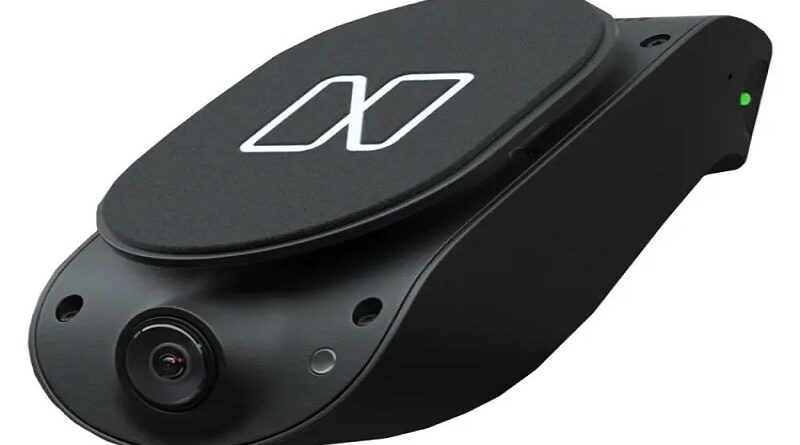Nauto aims to protect distracted drivers with in-vehicle AI cameras pointing insid
Nauto, a company with AI-powered safety cameras, has created a way for commercial fleet operators and others to capture problems with distracted or sleepy drivers and warn them in real time. Nauto has a dual-facing camera that points at the road to detect hazards and at the driver to discover drowsiness or distraction in real-time traffic situations. It can send alerts that immediately capture the driver’s attention.
Synergy in Synthesis: Forging the Future of AI with Cross-Functional Expertise
The AI helps prevent accidents and costly liability verdicts using advanced risk detection and alerting, including for pedestrians, bicyclists, and motorcyclists, said Stefan Heck, CEO of Palo Alto, California-based Nauto, in an interview with VentureBeat.
It can also capture performance analytics. The result is that it can improve driver performance in just two weeks. Nauto is already been used by nearly 1,000 fleets worldwide and customers across multiple industries have said it reduces collisions by 40% to 80%. While most of the fleets use an after-market camera from Nauto, its cameras are also being designed into cars. To date, Nauto has helped avoid about 30,000 collisions.
Stellantis Ventures, the venture arm of carmaker Stellantis, invested in Nauto, which was started in 2015. To date, Nauto has raised $215 million.
I took a ride in a car with a Nauto camera in it with Kevin Van De Leur, software engineer at Nauto. He drove us around for a good 40 minutes and showed me how the camera works when it comes to tracking vehicles (such as the location of a truck in a commercial fleet), car utilization, misuse and maintenance planning. He showed me the alert that happens when tailgating. Fortunately, we didn’t test the system in dire situations. But it was good to see that the camera didn’t “cry wolf” at every opportunity.
Nauto’s latest offering delivers telematics alongside AI-powered driver and vehicle safety capabilities, all on a single device and a single software platform inside the car. It’s an example of AI technology at the edge, and it could help save a lot of lives.
The U.S. National Highway Traffic Safety Administration reported distracted driving fatalities are likely in excess of 10,000 per year (upgraded from a previous report that said 3,100 a year), accounting for 29% of all traffic fatalities. And driver distraction is responsible for more than 58% of teen crashes.
The prime reasons for distraction are manual, visual and cognitive. Manual distractions are those where you move your hands from the wheel. Visual distractions are those where you focus your eyes away from the road. And a cognitive distraction is when you’re mind wanders away from the task of driving. Text messaging involves all three types of distraction, and cell phone users are 5.36 times more likely to get into an accident than undistracted drivers.
“Ever since smartphones, it’s an epidemic and it’s just not getting the level of attention that it should,” Heck said. “When you’re talking to somebody in the car, that’s already pretty dangerous as it’s nine times more dangerous than normal driving. If you start texting and driving with your knee, now you’re like 30 times more dangerous than normal driving. The risks just explode.”
He added, “We actually see distracted drivers are disproportionately contributing to the most severe accidents.”




